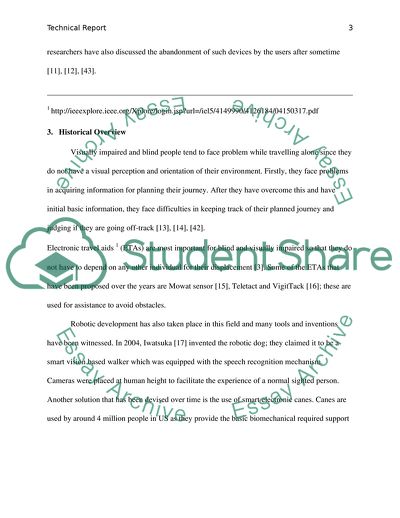Cite this document
(Improving Accessibility for Blind Students in E-learning Environments Literature review, n.d.)
Improving Accessibility for Blind Students in E-learning Environments Literature review. Retrieved from https://studentshare.org/technology/1729372-improving-accessibility-for-blind-students-in-e-learning-environments-a-literature-review
Improving Accessibility for Blind Students in E-learning Environments Literature review. Retrieved from https://studentshare.org/technology/1729372-improving-accessibility-for-blind-students-in-e-learning-environments-a-literature-review
(Improving Accessibility for Blind Students in E-Learning Environments Literature Review)
Improving Accessibility for Blind Students in E-Learning Environments Literature Review. https://studentshare.org/technology/1729372-improving-accessibility-for-blind-students-in-e-learning-environments-a-literature-review.
Improving Accessibility for Blind Students in E-Learning Environments Literature Review. https://studentshare.org/technology/1729372-improving-accessibility-for-blind-students-in-e-learning-environments-a-literature-review.
“Improving Accessibility for Blind Students in E-Learning Environments Literature Review”. https://studentshare.org/technology/1729372-improving-accessibility-for-blind-students-in-e-learning-environments-a-literature-review.


